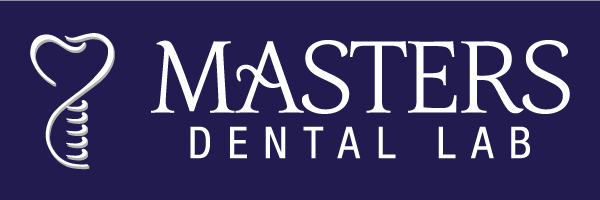When Words Are Not Enough
The use of photography in laboratory communication enhances esthetic outcomes
Adamo E. Notarantonio, DDS; and Amanda Seay, DDS
To consistently achieve excellent functional, esthetic, and biologic outcomes, the design of dental restorations should occur very early during treatment planning. When more information is shared between the clinician and the laboratory, a case can proceed more smoothly as it moves through preparation and provisionalization to the final restorations. Historically, laboratory technicians have selected the tooth shapes and arrangement based on guidelines provided by dentists through written prescriptions or phone conversations. This process left the laboratory technician unable to catch errors in clinical record taking or to see the dynamic facial movements of the patient whose smile he or she was creating. Even if a clinician fully adopts the process of digital smile design, a digital camera remains the most critical instrument for simplifying documentation and strengthening laboratory communication…
